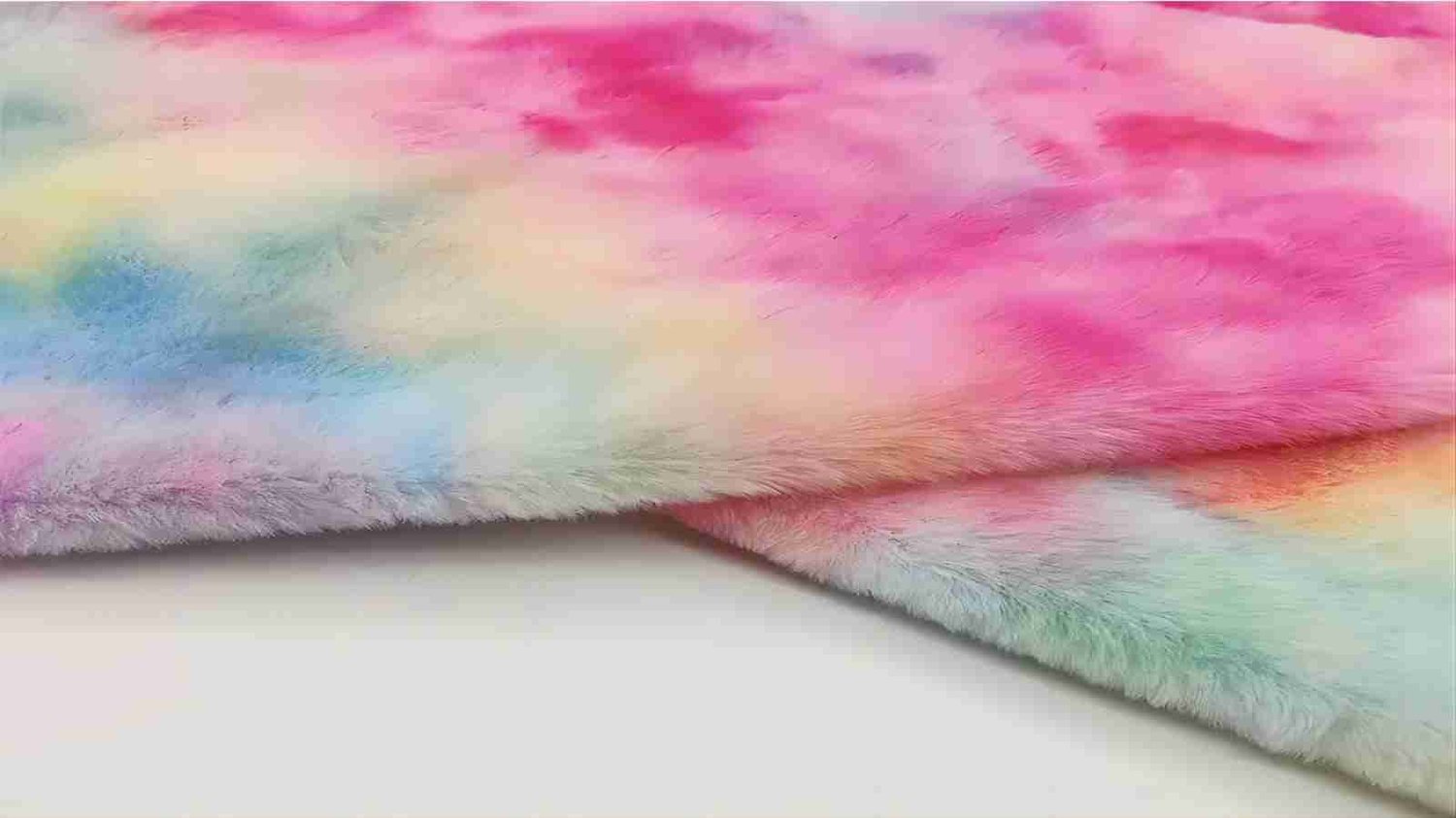Table of Contents

how to dye minky fabric: A Comprehensive Guide
Minky fabric is a popular choice for blankets, clothing, and other soft items due to its luxurious feel and durability. However, sometimes you may want to customize the color of your minky fabric to suit your specific project. Dyeing minky fabric can be a fun and creative way to personalize your creations. In this article, we will provide you with a step-by-step guide on how to dye minky fabric, ensuring stunning and long-lasting results.
1. Understanding Minky Fabric
Before diving into the dyeing process, it is crucial to understand the nature of minky fabric. Minky fabric is typically made from polyester fibers, which are known for their ability to retain color well. It has a soft, plush texture and is resistant to wrinkling and shrinking. These characteristics make it an excellent choice for dyeing, as the color will likely adhere evenly and remain vibrant even after washing.
2. Choosing the Right Dye
Selecting the appropriate dye for your minky fabric is essential to achieve the desired color and ensure its longevity. Consider using a dye specifically formulated for synthetic fabrics, such as polyester. These dyes are designed to penetrate the synthetic fibers effectively and bond with them, resulting in vibrant and fade-resistant colors. Avoid using dyes meant for natural fibers, as they may not adhere well to the polyester fibers in minky fabric.
3. Preparing the Fabric
Before dyeing your minky fabric, it is crucial to prepare it properly to ensure optimal dye absorption. Start by washing the fabric in warm water with a mild detergent to remove any dirt, oils, or finishes that may hinder the dye's penetration. Avoid using fabric softeners, as they can create a barrier between the fabric and the dye. Once washed, rinse the fabric thoroughly to remove any residue, and let it air dry or tumble dry on a low heat setting.
4. Selecting the Dyeing Method
There are various methods you can use to dye your minky fabric, depending on the desired outcome and your personal preference. The most common methods include immersion dyeing, hand-painting, and tie-dyeing. Immersion dyeing involves submerging the fabric in a dye bath, hand-painting allows you to create intricate designs using brushes or sponges, while tie-dyeing involves twisting and securing the fabric with rubber bands to create unique patterns.
5. Immersion Dyeing
To dye your minky fabric using the immersion method, start by preparing a dye bath according to the instructions provided with your chosen dye. Fill a large container with enough hot water to fully submerge the fabric. Add the dye to the water, stirring well to ensure it dissolves completely. Then, carefully place the fabric into the dye bath, ensuring it is fully immersed. Stir the fabric continuously for the desired duration, periodically checking the color intensity. Once the fabric reaches the desired shade, remove it from the dye bath and rinse it thoroughly with cold water to remove any excess dye.
6. Hand-Painting
Hand-painting allows you to unleash your creativity and add intricate designs or patterns to your minky fabric. Start by preparing the dye according to the manufacturer's instructions, ensuring you have a variety of colors if desired. Lay the fabric flat on a protected surface, such as a plastic tablecloth or wax paper. Use brushes or sponges to apply the dye onto the fabric, creating your desired design. Allow the dye to dry completely, and then heat set it using an iron or by placing the fabric in a clothes dryer on a high heat setting for 15-20 minutes. Finally, rinse the fabric with cold water to remove any excess dye.
7. Tie-Dyeing
Tie-dyeing is a popular method for creating vibrant and unique patterns on minky fabric. To tie-dye your fabric, start by twisting, folding, or scrunching the fabric into the desired pattern. Secure the fabric with rubber bands to hold the design in place. Prepare the dye as instructed by the manufacturer, and apply it to the fabric using squeeze bottles or brushes. Once the dye is applied, place the fabric in a plastic bag and let it sit for the recommended time to allow the dye to set. Rinse the fabric thoroughly with cold water until the water runs clear, and then remove the rubber bands to reveal your beautiful tie-dye design.
8. Washing and Caring for Dyed Minky Fabric
After dyeing your minky fabric, it is essential to wash and care for it properly to maintain the color vibrancy and prevent any potential bleeding or fading. Wash the fabric separately or with similar colors using a mild detergent on a gentle cycle. Avoid using bleach or harsh chemicals, as they can damage the fabric and fade the dye. It is also recommended to air dry the fabric or use a low heat setting when tumble drying to prevent excessive shrinkage or damage.
9. Troubleshooting Tips
If you encounter any issues or are not satisfied with the dyeing results, there are a few troubleshooting tips you can try. If the color appears too light, you can repeat the dyeing process with a longer immersion time or more concentrated dye solution. For uneven color distribution, ensure that the fabric is fully submerged and stirred adequately during the dyeing process. If the dye bleeds excessively after washing, you can use a color fixative according to the manufacturer's instructions to help set the dye and prevent further bleeding.
10. Exploring Dyeing Techniques
Now that you have mastered the basics of dyeing minky fabric, feel free to explore different dyeing techniques and experiment with various colors, patterns, and designs. From ombre effects and color blending to stenciling and screen printing, there are countless possibilities to create truly unique and personalized minky fabric creations. Remember to always follow the dye manufacturer's instructions and have fun unleashing your creativity!
